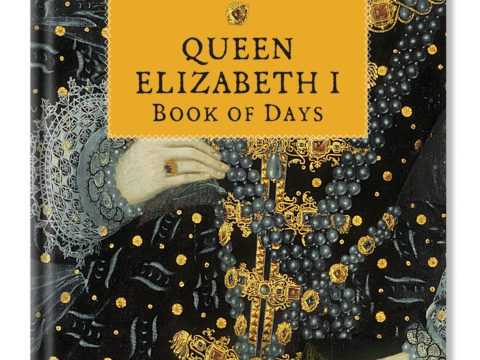The Final Year of Anne Boleyn
Natalie Grueninger has an established record of research into the minutiae of the movements of Anne Boleyn, Henry VIII’s second wife, whose meteoric rise and sudden fall from favour have puzzled generations of scholars. This book focuses entirely on Anne’s last year. It tries to answer the question of how a woman who, in the Spring of 1535 if she was not entirely secure in her position as she had not yet borne a son, was at least able to anticipate that that lack would soon be remedied, could be facing death at the command of her husband a year later.
Grueninger charts in detail the summer progress the couple made from the palaces of the Thames Valley to the delightful castles of Gloucestershire. She identifies the holiday atmosphere that allowed the royal couple to relax and indulge their mutual love of hunting. She recounts the formalities that the local dignitaries laid on to honour the king and queen, and discusses some of the practical aspects of progressing on such a grand scale. We learn about the lavish furnishings that William, Lord Sandys, ordered for the royal visit to his house at The Vyne, and the more informal arrangements for a side-trip for additional hunting at Painswick.
As the details of Anne’s whereabouts and the diurnal events unfold, Grueninger skilfully weaves in analysis of Anne’s character, interests, intellectual prowess, and religious outlook.
Anne’s path to the role of queen-consort had not been smooth and there were many at home and abroad who refused to recognise her as lawful queen. She had hoped much from her espousing of France as an ally for England, but was bitterly disappointed to learn that the French were less interested in her daughter, Elizabeth, as a bride for one of their princes, than in Henry’s elder daughter, Mary. Until Anne bore a son, her position was at risk – she was well aware that failure in that department might lead to her being cast off, although it would not have entered her wildest nightmares that be shunted aside would mean more than despatch to a convent. It was an enormous relief to Anne that in the dying days of 1535, she knew herself to be pregnant – any live birth would strengthen her position, and a son would make her impregnable. But the pregnancy ended in miscarriage, and the difficulties with foreign powers only increased. In addition, Anne’s views on what should happen to the monasteries differed from those of her husband’s chief minister, while her husband was toying with one of her ladies. The queen was beset by trouble on all sides.
The day-by-day account continues, describing Anne’s shocking arrest, sifting the indictment, considering what evidence might have been adduced and, thankfully, putting to bed the idea that Anne’s sister-in-law, Jane Parker, Lady Rochford, accused Anne and her brother, George, of incest. The tale reaches its sad conclusion with a review of the evidence regarding the coffin in which Anne was buried and closes with a useful appendix detailing the indictment against the queen.
The work is thorough, engaging, informative, and clearly written. It leaves the reader in no doubt that, although Cromwell may have engineered the details, Anne was killed by her husband as surely as if he had wielded the sword himself. The fundamental question of what turned Henry’s passion to hatred can never be entirely pinned down, but this book gets as close as any account can.
Tudor Times received a review copy from the publisher
